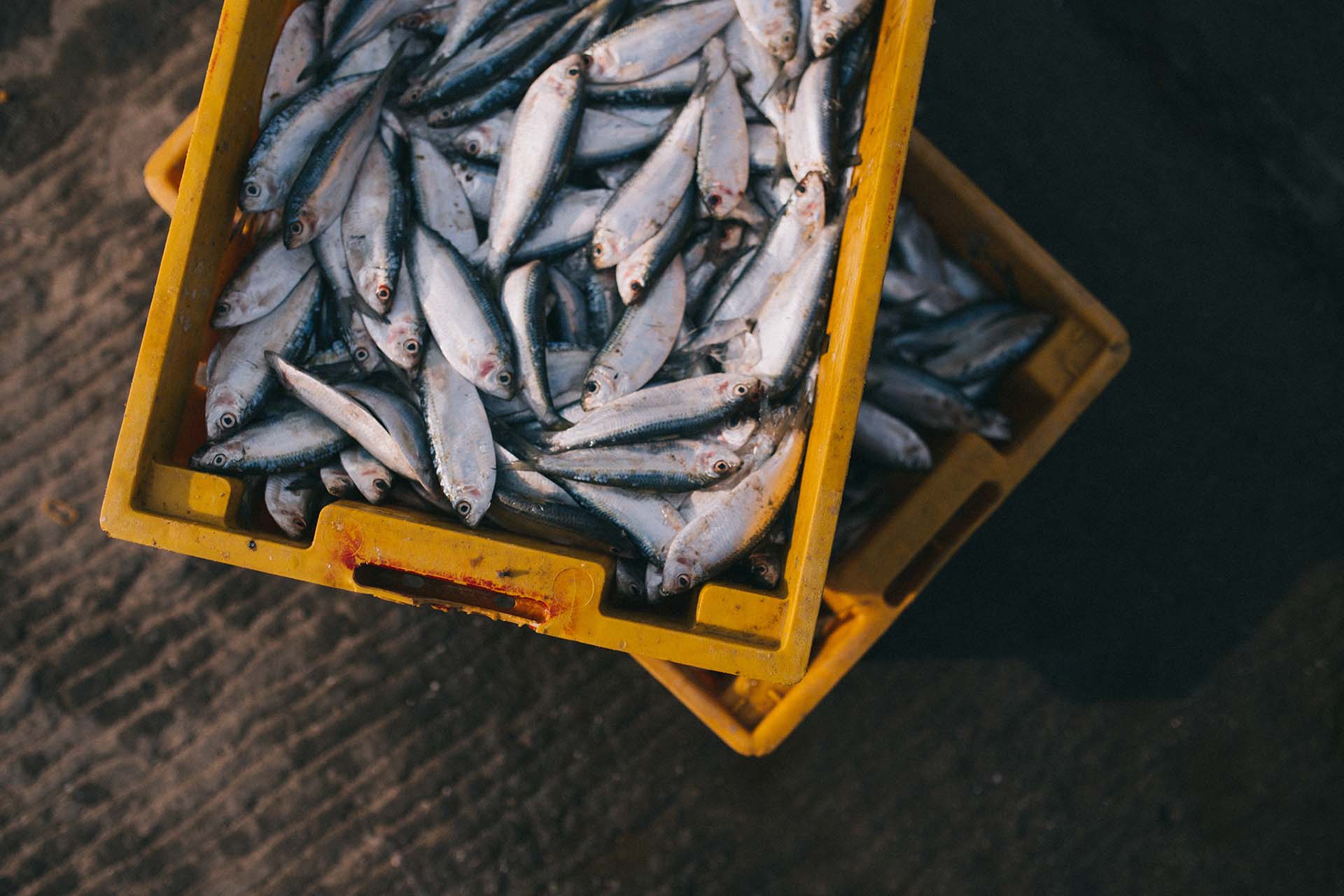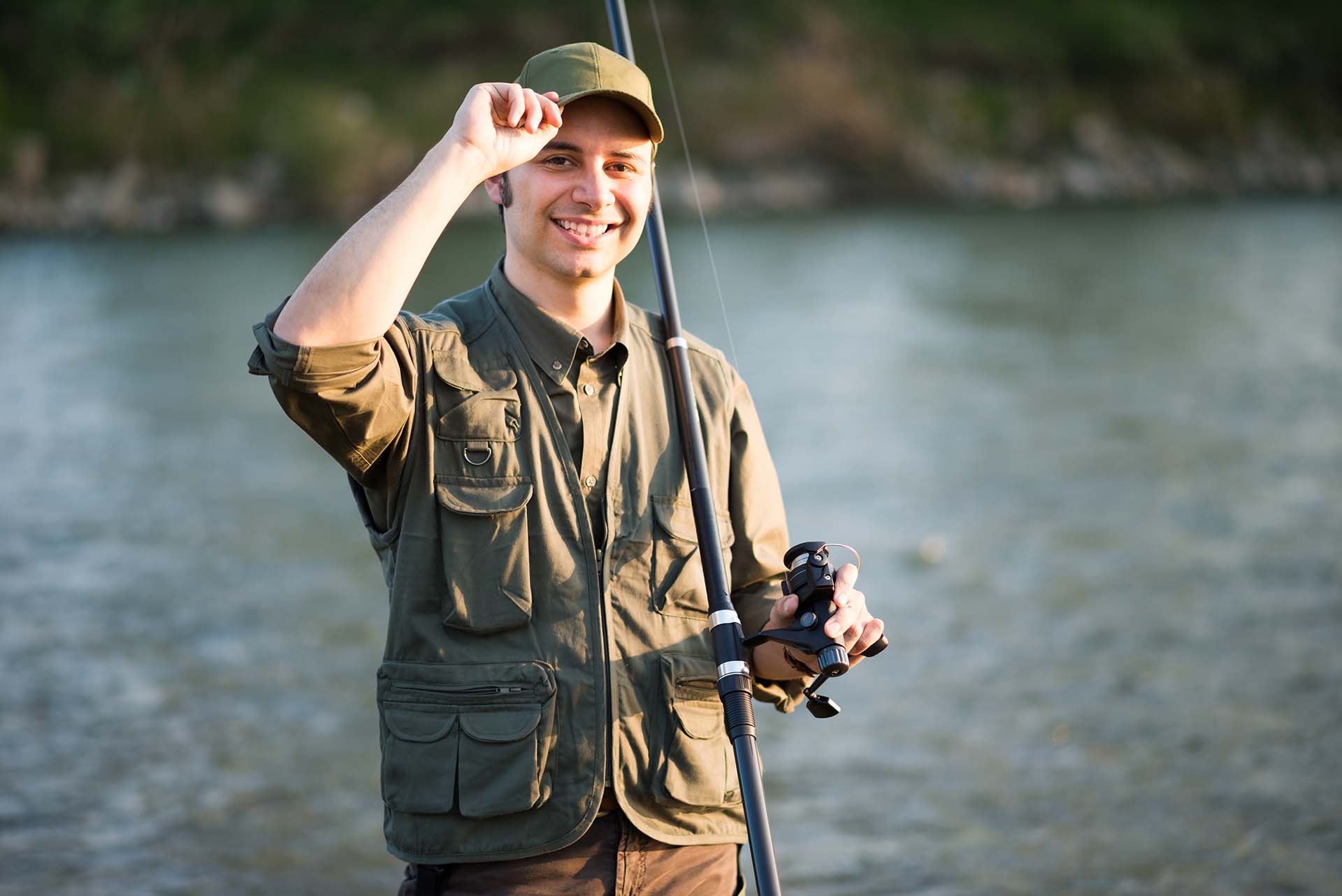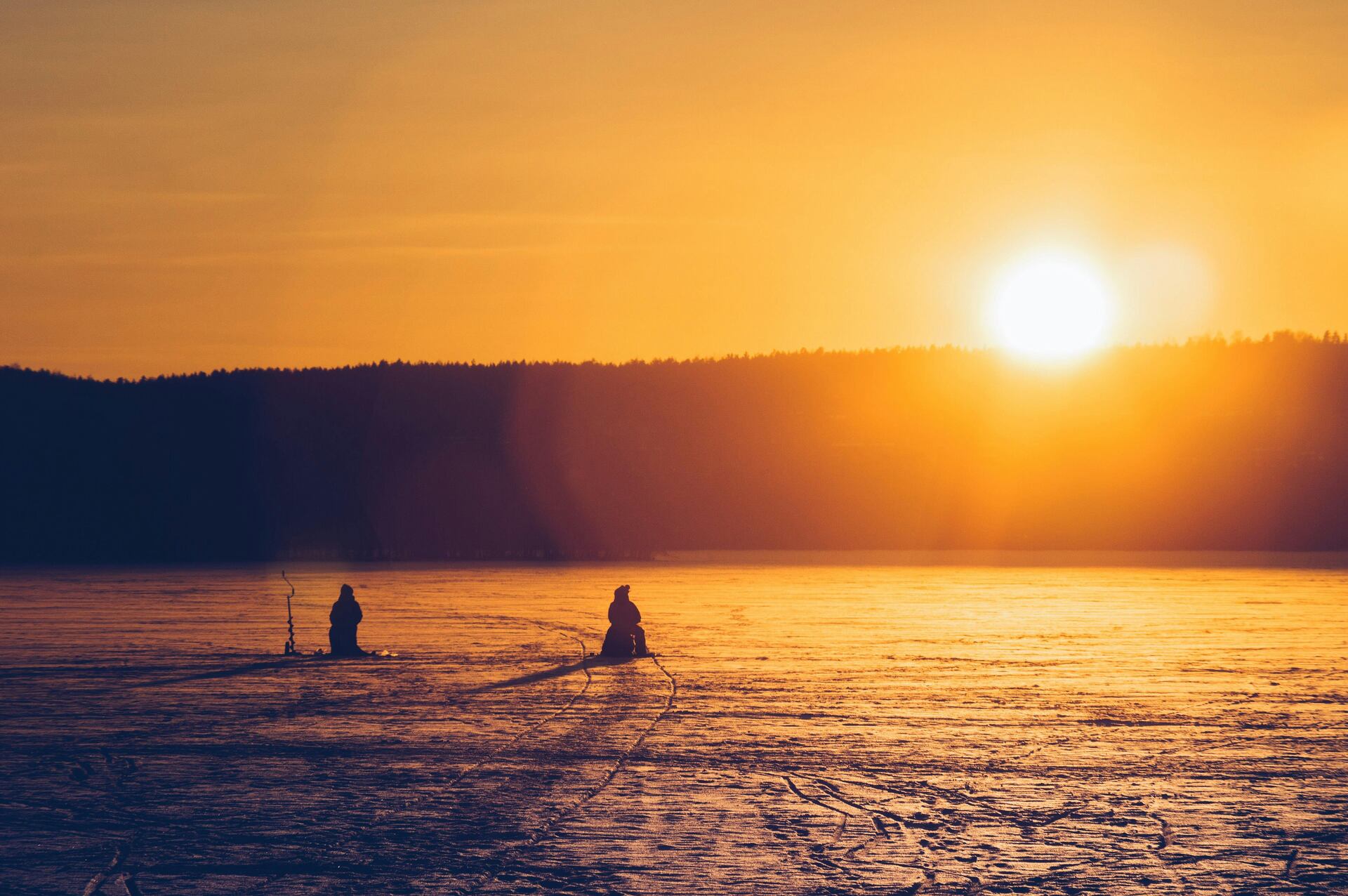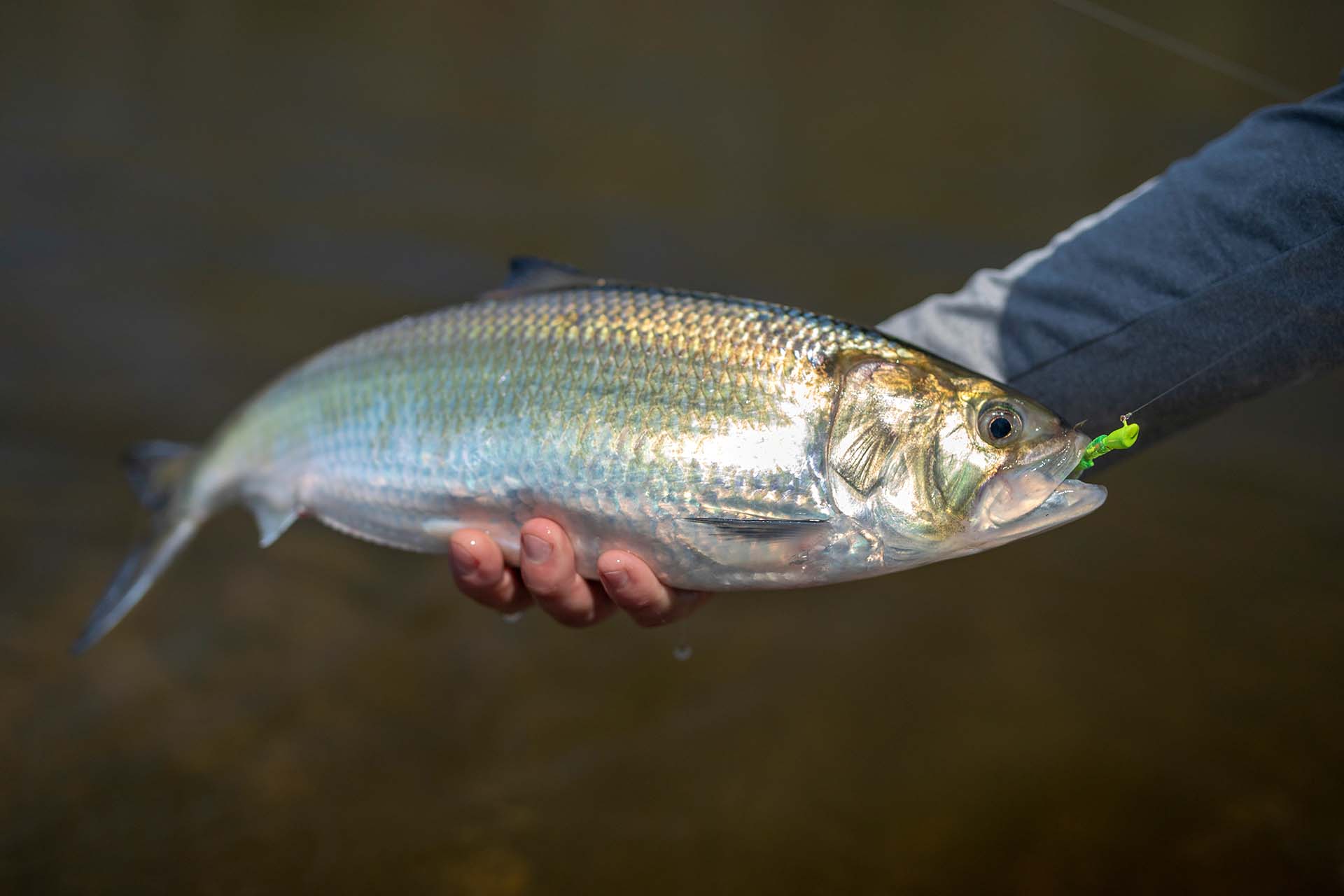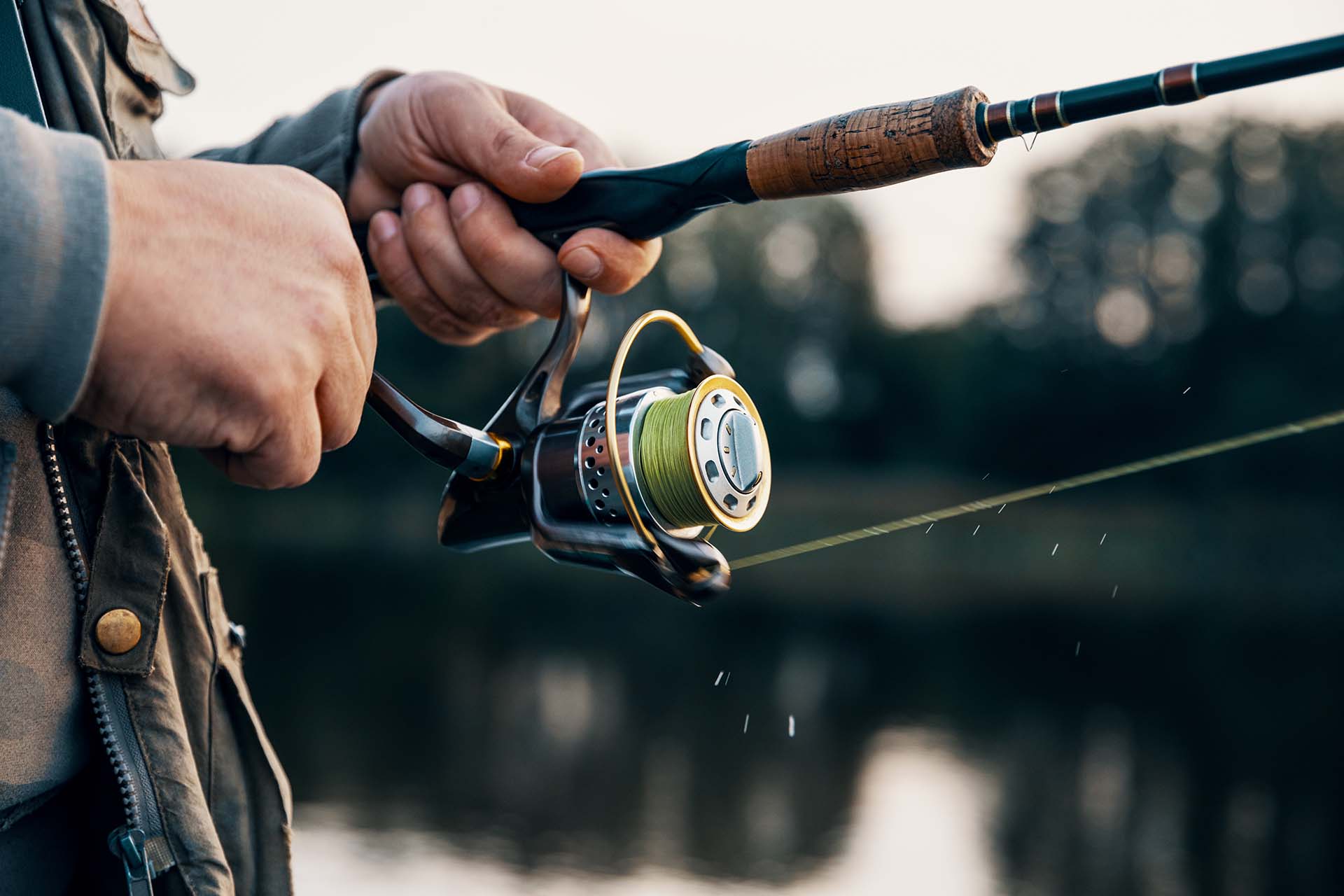The United States offers plenty of fishing opportunities for devoted anglers of all experience levels. While the largemouth bass is the most popular fish to catch in America, there are some other unique and exciting catches that shouldn’t go unnoticed. So, let’s explore the favored species of the American waters, including their preferred habitats and how to catch them – grab your rod, it’s time to land some trophies.
By all accounts, the most commonly caught species in North America is largemouth bass, a popular game fish that is native to the region and inhabits rivers, lakes, and ponds. Trout, catfish, crappie, and walleye are also go-to species when it comes to this part of the world. No matter which one you want to target, it’s important to take time and understand their habits and preferences, as it’ll help you a lot in actually landing one.
Top 5 Most Popular Fish to Catch in America
Fishing is a beloved pastime in the United States, with millions of people casting their lines each year in search of their next big catch. From the majestic trout of the Pacific Northwest to the iconic largemouth bass of the South, there are hundreds of different species of fish that are commonly caught all across the country.
No matter if you’re a beginner fisherman or a seasoned enthusiast, these species will surely provide a thrilling challenge. Armed with the right knowledge about their habitat and preferences, as well as suitable fishing techniques, some of them are bound to end up at the end of your fishing hook.
So, let’s take a look at the leading contenders when it comes to popularity, along with everything you need to know about each species:
Bass
Largemouth bass is a popular freshwater game fish native to North America. This species is characterized by their large, elongated bodies and distinct greenish-black coloration along their backs that fades into a lighter green or yellow on their sides. They have broad heads with large mouths full of sharp teeth and can grow up to 2 feet in length and weigh up to 22 pounds, although typical sizes are much smaller.
Largemouth bass can be found in a wide range of freshwater habitats, including rivers, lakes, and ponds, usually near structures such as rocks, logs, or submerged vegetation. They are opportunistic feeders that will eat anything from small fish to insects and frogs, so there are many styles of fishing employed to land this beast. Topwater lures, plastic worms, crankbaits, homemade bait – many types of lures and baits can be effective for this species. You might even be able to land some while fishing at night, as they tend to avoid bright sunlight.
Trout
Trout is a highly sought-after species in the United States due to their unique beauty as well as delicious taste. They have slender, streamlined bodies that are covered in small, reflective scales that give them an almost luminescent appearance in the water. This is another freshwater species found throughout North America, typically in cold and fast-moving water that is rich in oxygen, but each subspecies has slightly different habitat preferences.
There are many different techniques that anglers use for catching trout, depending on the exact species, location, and time of the year. Among these methods, fly fishing is probably the most common choice among fishermen, where anglers use lightweight rods, special long-casting tippet lines, and artificial flies to mimic the movements of natural insects. Another popular approach is using live bait, such as worms, minnows, or crickets, which can be suspended under a float or weighted down to the bottom of the stream or lake.
Catfish
Catfish have long, cylindrical bodies that are covered in scales and turn from dark green-gray on their backs to a light, creamy yellow on their undersides. They’re usually recognized by their pair of long, whisker-like barbels, commonly called “whiskers” or “feelers” in fishing slang. These barbels are used to help the catfish find food in murky waters by detecting vibrations and odors.
Catfish are found in freshwater habitats throughout North America, from small ponds and streams to large rivers and lakes. They are particularly prevalent in warmer, slow-moving bodies of water with plenty of cover, such as rocks, logs, and vegetation. Because of their widely varied diet, catfish can be found in a variety of different habitats and can be caught at the end of your fishing rod using many different methods, including baited hook and jug fishing.
Crappies
Crappies are a popular freshwater species known for their distinct appearance, with their deep, compressed body and large, upturned mouth filled with sharp teeth. They are closely related to sunfish and are often confused with their close relative, the black crappie, which has darker markings and a more speckled appearance. This species can grow to an average length of 9-10 inches, although they can reach up to 20 inches in some cases.
Crappies are found throughout North America in freshwater habitats, and they prefer clear water with a moderate temperature and thrive in areas with heavy vegetation. They are opportunistic feeders, often feeding on smaller fish, insects, and crustaceans, and will move into the shallows during the spring spawning season. Because of this, they can be caught using a wide variety of techniques, including jigging, trolling, and live bait fishing.
Walleye
Walleye has a long, sleek body that is olive-brown in color, with darker mottled patterns on the sides and a white belly. Their large, toothy mouth is angled upwards, perfect for ambushing prey from below. They can grow to an average length of 16-18 inches, although they can reach up to 3 feet in length under the right conditions. Overall, walleye have an impressive and graceful appearance that makes them a favorite of both sport fishers and casual anglers alike.
This species can be found in clear and cool lakes, as well as large rivers, where they thrive in depths ranging from 15-30 feet. Some walleye populations are known to migrate to different bodies of water depending on seasonal changes, such as water temperature and food availability. As for their feeding habits, they typically feed at dawn and dusk, so they can often be caught at night using brightly colored lures. No matter if it’s trolling, jigging, or live bait fishing, you’ll get the best results by using a high-quality line, fluorocarbon leader, and small hooks.
Are There Regional Differences in Popular Catches?
Geography and climate play a significant role in shaping the fish populations found in different regions of the country. The type of water bodies available in an area, including streams, lakes, and rivers, as well as their physical characteristics, such as depth, temperature, and dissolved oxygen levels, can impact which species of fish can survive and thrive in that region.
That means there are significant regional differences in popular catches across North America. Here’s an overview of which species are commonly found in particular regions of the United States:
| Region of the United States | Common Species of Fish |
|---|---|
| Northeast | Striped Bass, Bluefish, Flounder, Cod, Trout |
| Southeast | Redfish, Snook, Tarpon, Spotted Seatrout, King Mackerel |
| Midwest | Walleye, Northern Pike, Musky, Crappie, Catfish |
| Southwest | Bass, Trout, Catfish, Striped Bass, Walleye |
| West | Salmon, Steelhead Trout, Sturgeon, Walleye, Catfish |
| Pacific Northwest | Salmon, Lingcod, Halibut, Trout, Steelhead |
Each Region Has Its Fair Share of Popular Fishing Destinations
If you’ve got your fishing rod ready, your fishing reel securely spooled, and your fish hook tied to the rest of the gear, but aren’t sure exactly where to venture out to on your next angling adventure, here are the top destinations for each region of the United States:
- Northeast – Rangeley Lakes (Maine), Lake Champlain (New York), Swift River (Massachusetts),
- Southeast – Orlando (Florida), Outer Banks (North Carolina), Lake Lanier (Georgia),
- Midwest – Lake of the Woods (Minnesota), Lake Michigan (Wisconsin), Lake Erie (Ohio),
- Southwest – Colorado River (Arizona), Lake Tahoe (California), Laguna Madre (Texas),
- West – Kenai River (Alaska), Snake River (Wyoming), Columbia River (Washington),
- Pacific Northwest – Columbia River (Columbia), Puget Sound (Washington), Rogue River (Oregon).
The Weather and Water Conditions Are Important Factors to Consider
As mentioned, geography and climate shape the weather and water conditions of each region, so these factors have a huge impact on fish populations and the locations they can be found at. Factors such as rainfall and snowmelt can also influence the health and abundance of fish populations, especially in areas with significant seasonal changes.
For example, areas with deep, cool lakes and streams will often have an abundance of trout and salmon, which thrive in these kinds of environments. On the other hand, species like bass, catfish, and sunfish are commonly found in warm, shallow bodies of water, as they prefer warmer water temperatures. That’s why I always say that the weather forecast should be a reliable partner for every angler out there.
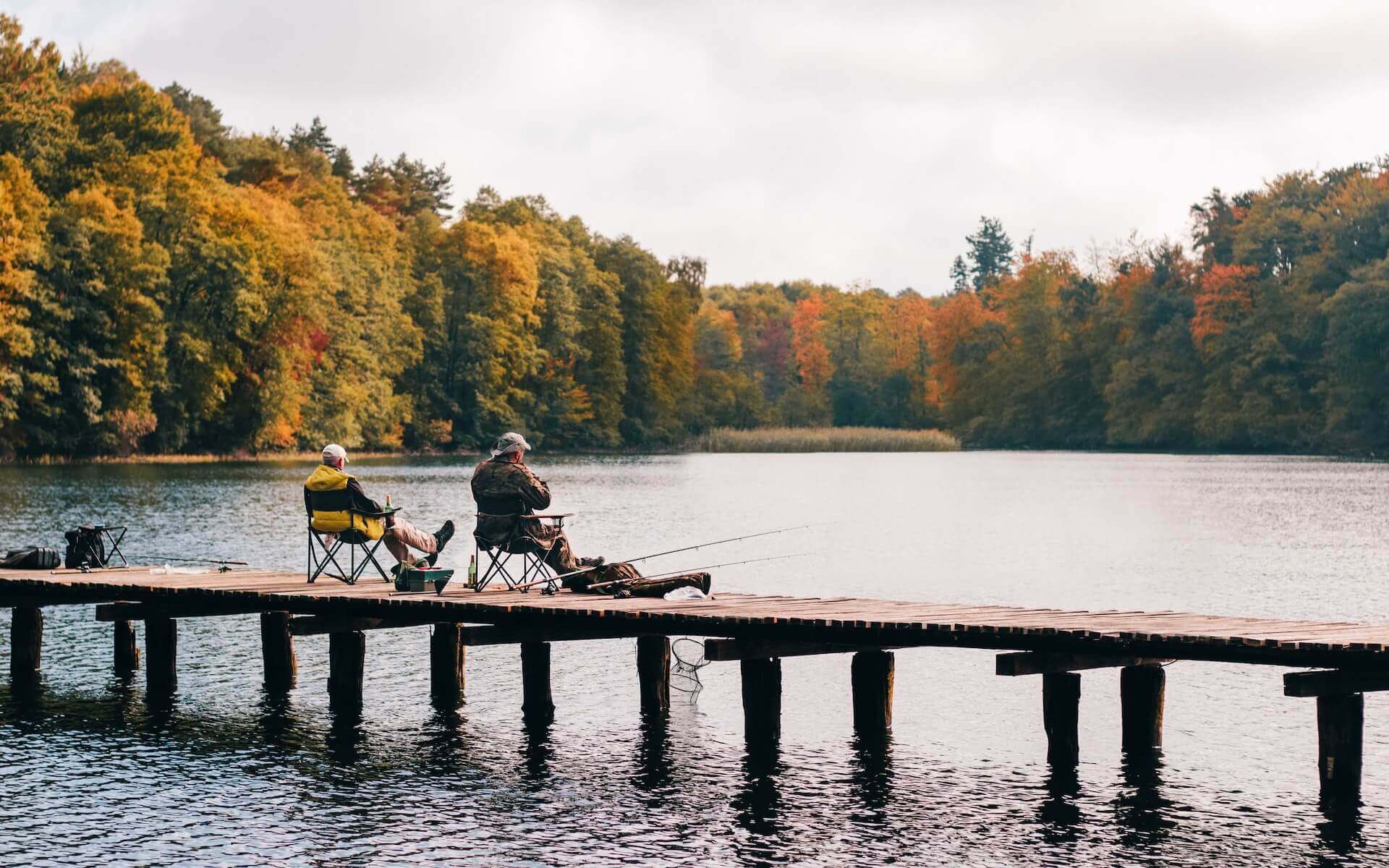
Why Knowing the Most Popular Fish to Catch Is Important
Familiarizing yourself with the most favored species in North America comes with a wide range of benefits. First things first, it helps to get to know the different species you might encounter on your fishing trip, including appearance, behavior patterns, and preferred habitats. As a result, this knowledge can help you tailor your fishing techniques and bait choices to increase your chances of success.
Research Will Help You Understand the Importance of Responsible Fishing Practices
Understanding the habits and preferences of the species you’re targeting will surely lead you to the realization that preserving these populations and maintaining healthy aquatic ecosystems is of utmost importance. This includes following local fishing regulations and restrictions, practicing catch-and-release techniques where you remove the hook without hurting your catch, and properly disposing of fishing lines and other waste after your session.
After all, if you’re enjoying this pastime, why take it away from future generations? By following sustainable fishing practices and limiting your catches, you’re doing your part in ensuring that fish populations remain healthy and abundant, as well as contributing to the long-term economic sustainability of the fishing industry.
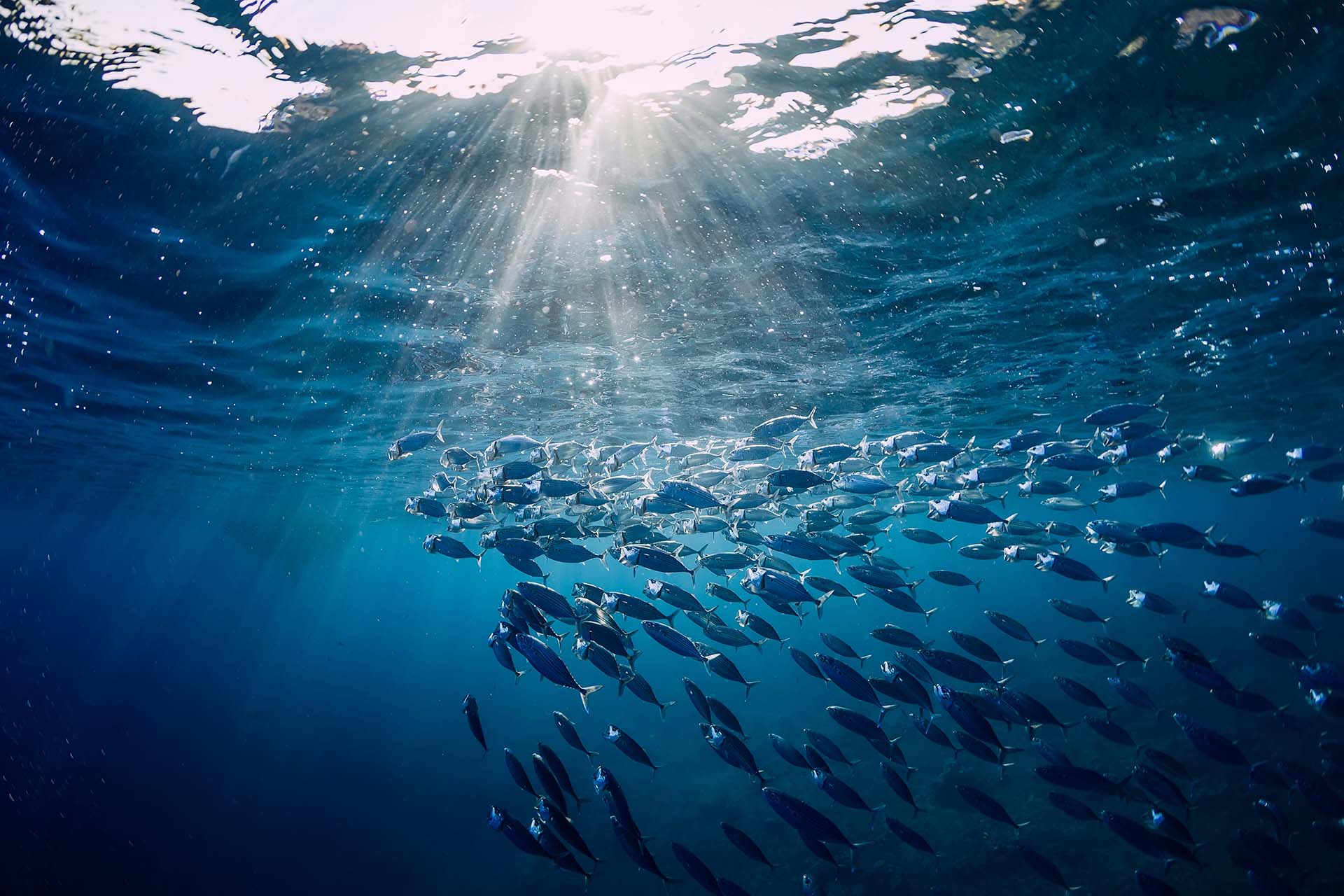
Now You Know Which Species Are a Challenge Worth Pursuing
There you have it – the hall of fame when it comes to America’s aquatic life. Whether you’re a novice looking to try something new or an experienced fisherman, knowing the habits and behavior of popular species will make all the difference when venturing out on your next adventure. Remember – if you’re lucky enough to catch one of these fine creatures, don’t forget to do it by following regulations so as not to deplete this nation’s great resources. It’s time to cast away!

